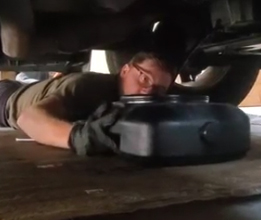Dayspring Christian Academy, Greeley, Colorado, USA
Jacob Riemer, Elijah Dougherty, Malachi Fast, and Jack Lawrence from Dayspring Christian Academy noticed that water was running off the streets and their school parking lot, carrying pollutants into water sources. Their school did not yet have a water collection system in place to help filter runoff water. That’s why this team decided to install a rain garden at the end of their school’s courtyard. This location was ideal for their rain garden as the water from their school’s parking lot often ended up in this area. Plants native to Colorado were planted in the garden. These plants require little water to thrive making them sustainable for the area and will play a vital role for pollinators. Within the first summer of completing this project, water has already filled this rain garden! This team hopes to incorporate some educational activities in the near future for the elementary students to utilize and learn at the rain garden. With their project, Jacob, Elijah, Malachi, and Jack contributed to Targets 6.3 and 15.9 of the Sustainable Development Goals.













